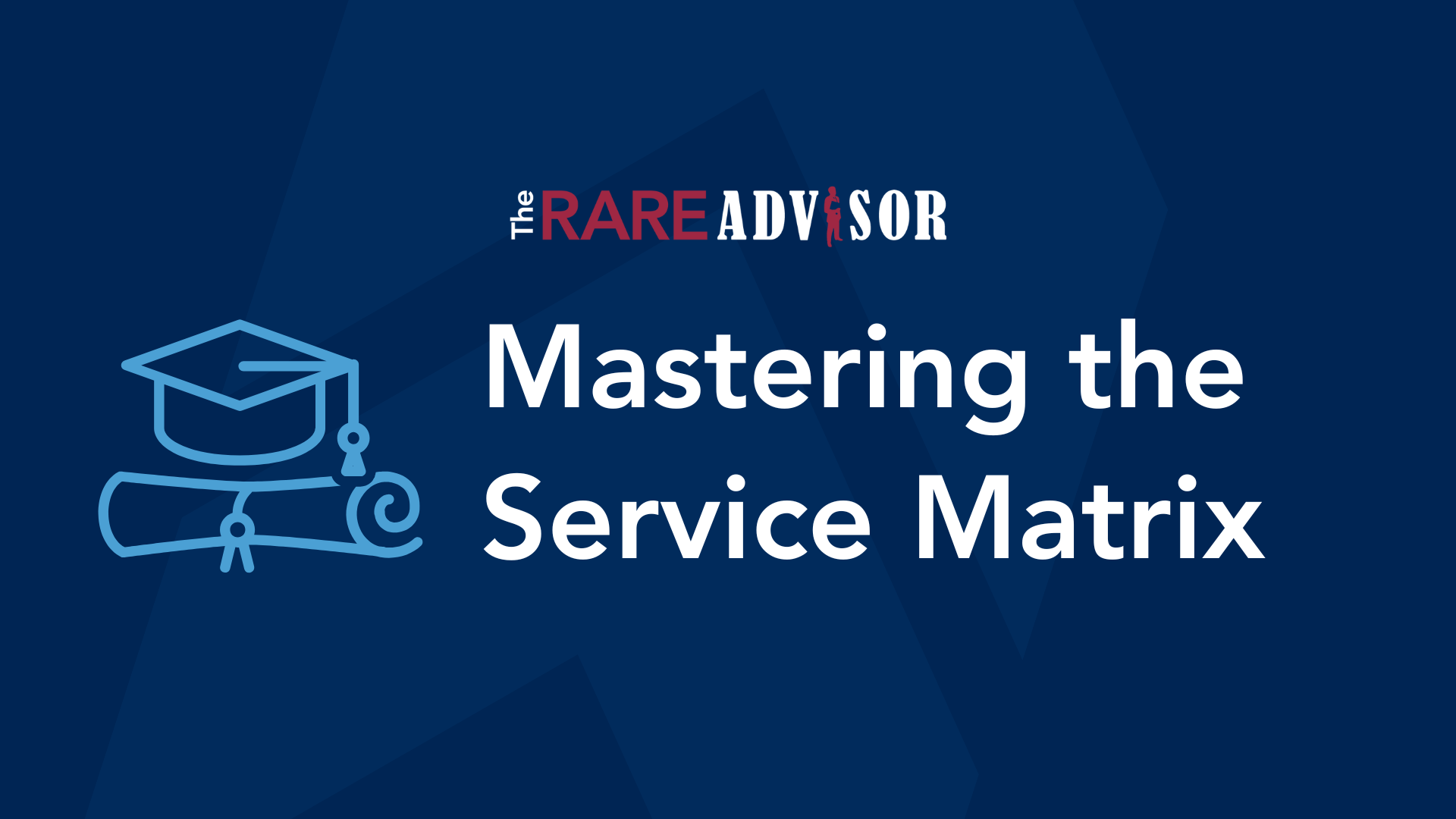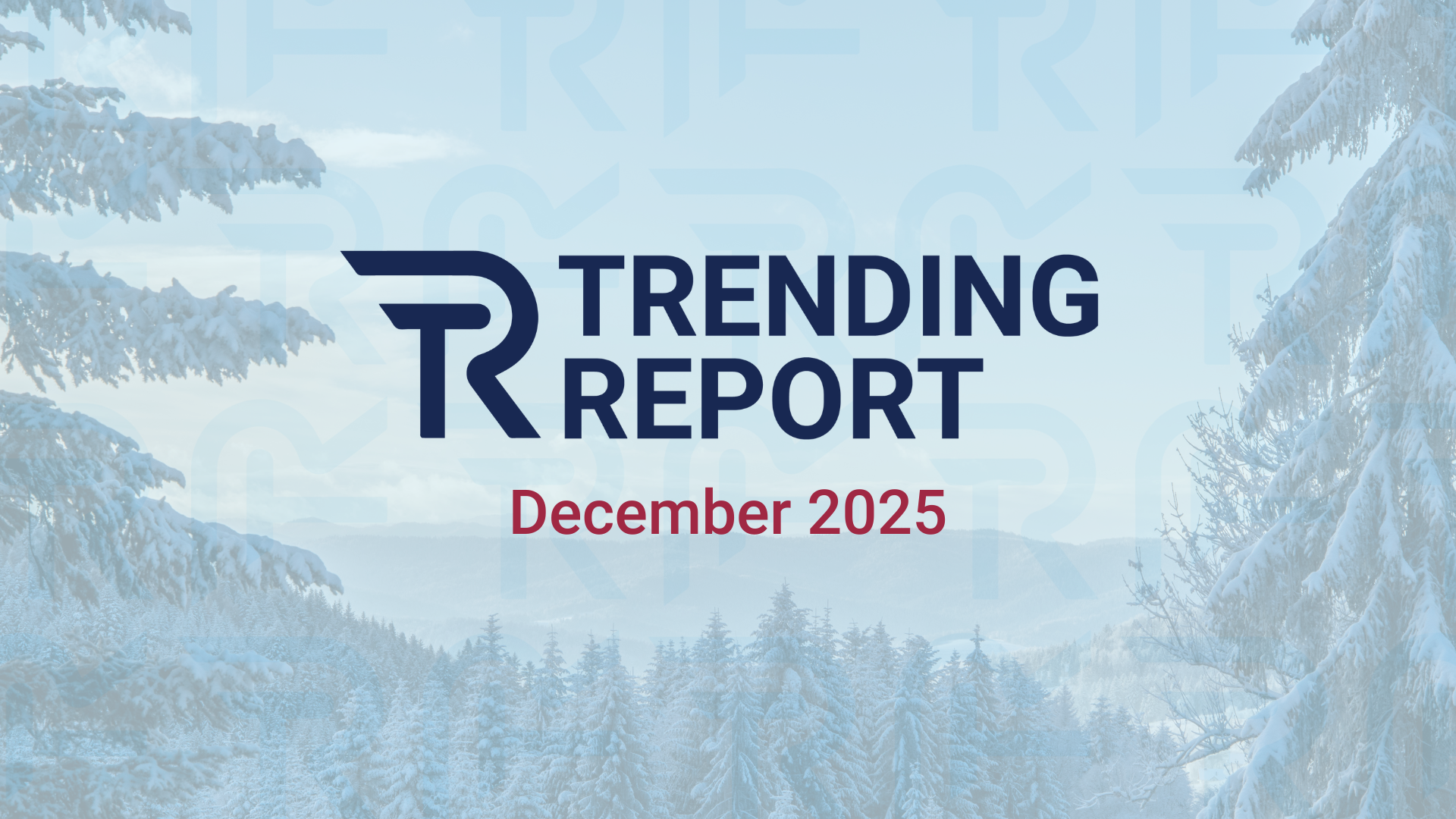7 Simple Ways to Improve Client Experience for Financial Advisors

People pay more for experiences. It’s the difference between a NordicTrack and a Peloton; and creating an environment that gets people talking is easier than you think. The following list was created to get you thinking about how to create an experience for your clients and prospective clients. Authenticity is key, and whatever experience you create must fit your personality and that of your firm. Shared below are ideas to help you get started. You can use these points to create an enhanced experience for the clients you serve.
Revisit everything your office says about you
Disney World is famous for the experience they create for their "guests". Think about it. Their parks are a stage for a performance. From the moment people pull into your office parking lot, what can be done to set the stage? The message you want to send to your clients and prospective clients starts at the front door. This could include things like:
- Branded signage directing people into your office space.
- A lobby that sets the right tone.
- Ditch the financial magazines. Have a company "culture book" or picture book of fun destinations you/your family, or clients have visited.
- Disconnect the Money News from the TV. Be intentional about what you have on the television screen (like the Travel Channel or HGTV).
- How about a welcome sign for Mr. and Mrs. Jones who will be visiting?
- Your meeting room.
- Is it organized? Is it conducive for meetings? If you want the first meeting with a prospective client to feel relaxed, perhaps get a fake fireplace and change your seating to comfortable sofa-style seats.
Leverage technology for efficiencies
Technology can help us be more efficient and save us time, but have you thought about how it can help improve your client experience? Most businesses have adopted the use of Zoom for digital meetings with their clients, so I’ll skip past that one, but there are a lot of awesome tech tools out there. Here are a few favorites:
- Include an online scheduler widget on your website or email. This a great option that eliminates the back and forth between phone and email (and ultimately less headache on you).
- Leverage a CRM. Keep track of important contact information and log notes so you can send quick emails for birthdays and important milestone events.
- Use portfolio review technology to conduct annual reviews with clients. Be sure to personalize the output/report for your client. It’ll save time and deliver a better experience for the client.
Communicate with professional contrast
You can't avoid mass communications, and sometimes a one-to-many approach is necessary. It makes sense is to revisit the amount of mass communications you send to your ideal clients. What will leave a more lasting impression - a weekly market update from a canned content provider, or a quarterly call asking about how their vacation was? Or how about a call asking how the new grandbaby is? Any advisor can have a financial relationship with a client, but it’s the advisors that have a personal one who garner more introductions.
Build a Client Advisory Board
Everywhere we turn these days we're being asked to complete a survey, and they are all under the guise of creating a better experience for the customer. The best surveys are ones that are interactive and in person. That’s why we recommend creating a Client Advisory Board where your best clients act as a “board of directors” to help shape your practice and client experience. It demonstrates that you care because they know you are actually listening. More importantly, it lets you spoil your best clients which leads to more introductions.
Set up a Client FAQs/Roadmap
Highly successful practices have a playbook for their team to follow. It's an instruction manual for how to perform various duties and tasks at the firm; from the routine and mundane, to the outrageous and unlikely. Do you think your clients would benefit from the same thing? Who should they call if they want a distribution? What should they do if they are traveling to a foreign country? Provide a resource to them that is unlike any other experience they've had with a professional before. Use it as a talking point at annual reviews.
Display your authenticity and stay engaged with what matters
The two most important ingredients to establishing an incredible client experience are authenticity and active engagement. The experience you create must be authentic and it needs to be something woven into the DNA of your firm. Furthermore, active engagement in conversations with your clients goes beyond money. Sure, you’re the expert financial planner and while the conversations you have about wealth management are important, it’s also critical to become a proactive participant in other conversations – relating to family, occupation, and recreation. If you’re not already, you should be using social media to keep in touch with your clients. You don’t have to comment or post but being actively aware of the important events and milestones in their lives help better facilitate conversations around the things that matter to them. Your clients might not be able to put their finger on it right away, but over time, the experience you create will keep them coming back and referring their friends.
Engage in the unexpected regularly (Don't forget the tangible)
Receiving a holiday greeting card is not unusual. Well wishes for a happy birthday are common. The random magazine article with a picture of a cool motorcycle sent to your best client who loves Harley-Davidsons would be unexpected. Following the scripts for client communications is still important for your team. Challenging them (and yourself) to be unscripted will elevate the client experience. It starts with getting to know your client and ensuring you have an airtight process for unexpected communications.
By enhancing the wealth management client experience, you are differentiating yourself from other advisors by leading with professional contrast. This not only serves your clients better but creates tangible focus points that can replicate client introductions.
If you’re curious to learn more about creating an improved client experience, contact us today.
Author Info

Matt Jaksa is a Business Development Recruiting Consultant with USA Financial, joining the firm in 2017. He is responsible for helping...
Related Posts

Mastering the Service Matrix: Elevate Client Experience & Drive Advocacy
In this episode of The Rare Advisor, Aaron Grady and Allan Oehrlein dive deep into two essential tools for modern advisory practices: the service matrix and the stewardship framework. Discover why moving from a reactive to a proactive service model is critical for consistency, scalability, and client advocacy. Learn how these frameworks help advisors deliver predictable, high-touch experiences, segment clients effectively, and create professional contrast that sets your firm apart. If you want to elevate your client experience and build loyalty that lasts, this conversation is packed with actionable insights.

What’s Trending: Diversification Beyond Assets for Long-Term Success
As 2025 comes to a close, the S&P 500 is up nearly 18% for the year—but what does that mean for your portfolio? In this December Trending Report, Kevin Roskam breaks down the year’s market performance, the role of trending strategies, and why diversification by time and philosophy matters more than ever. Learn how unemotional, disciplined investing helps you navigate volatility and stay focused on long-term success.

USA Financial Exchange Partners with J.P. Morgan Asset Management to Deliver Direct Indexing Solution
Direct Indexing Enables Advisors to Provide Advanced Tax Management Strategies for High-Net-Worth Clients

Mastering the Service Matrix: Elevate Client Experience & Drive Advocacy
In this episode of The Rare Advisor, Aaron Grady and Allan Oehrlein dive deep into two essential tools for modern advisory practices: the service matrix and the stewardship framework. Discover why moving from a reactive to a proactive service model is critical for consistency, scalability, and client advocacy. Learn how these frameworks help advisors deliver predictable, high-touch experiences, segment clients effectively, and create professional contrast that sets your firm apart. If you want to elevate your client experience and build loyalty that lasts, this conversation is packed with actionable insights.

What’s Trending: Diversification Beyond Assets for Long-Term Success
As 2025 comes to a close, the S&P 500 is up nearly 18% for the year—but what does that mean for your portfolio? In this December Trending Report, Kevin Roskam breaks down the year’s market performance, the role of trending strategies, and why diversification by time and philosophy matters more than ever. Learn how unemotional, disciplined investing helps you navigate volatility and stay focused on long-term success.

USA Financial Exchange Partners with J.P. Morgan Asset Management to Deliver Direct Indexing Solution
Direct Indexing Enables Advisors to Provide Advanced Tax Management Strategies for High-Net-Worth Clients

